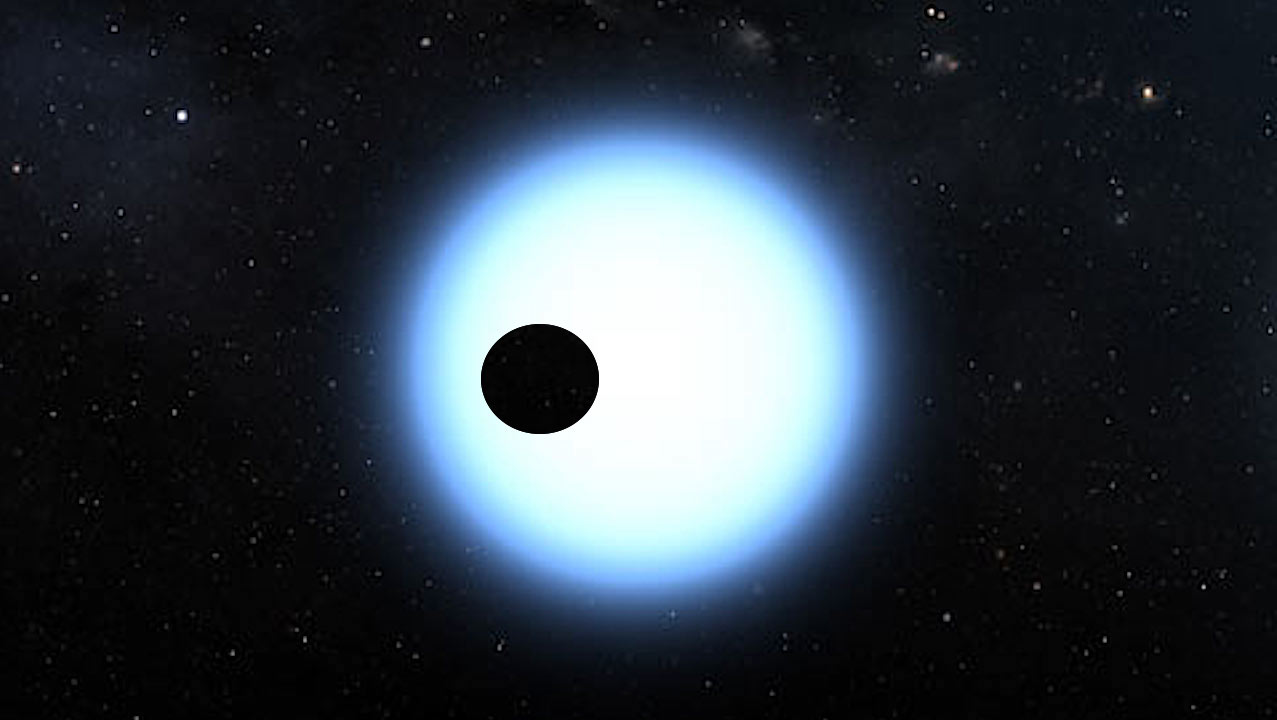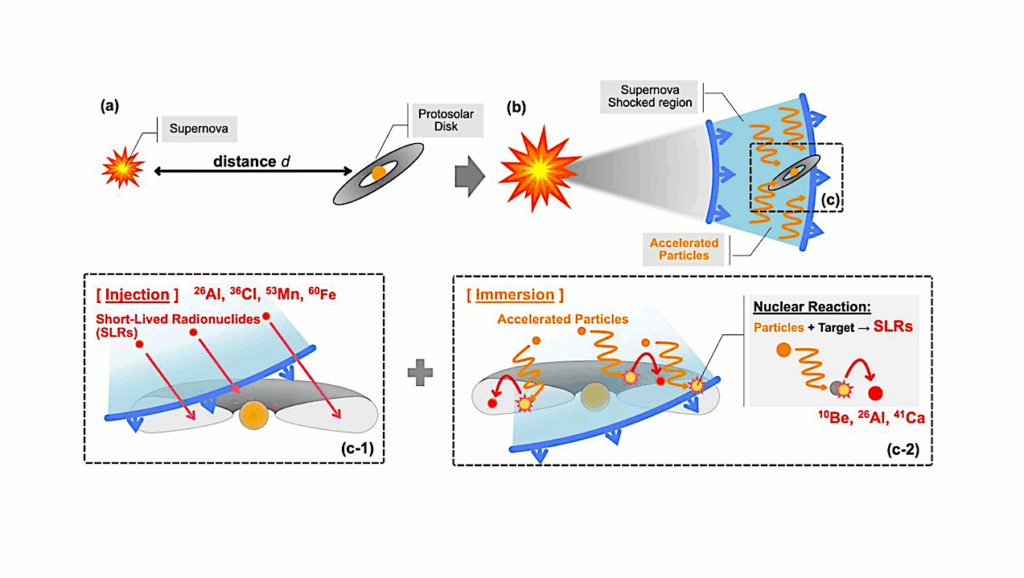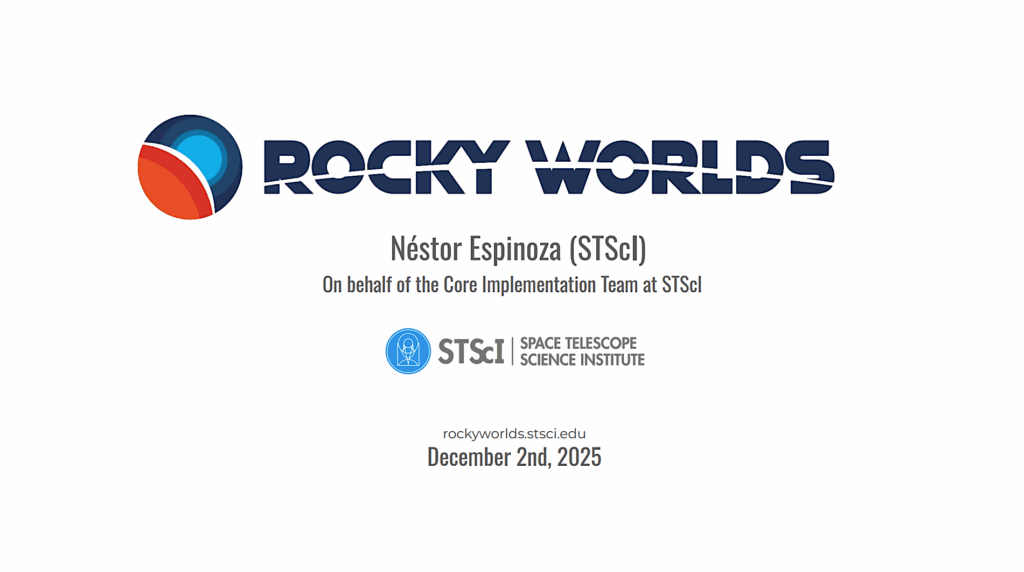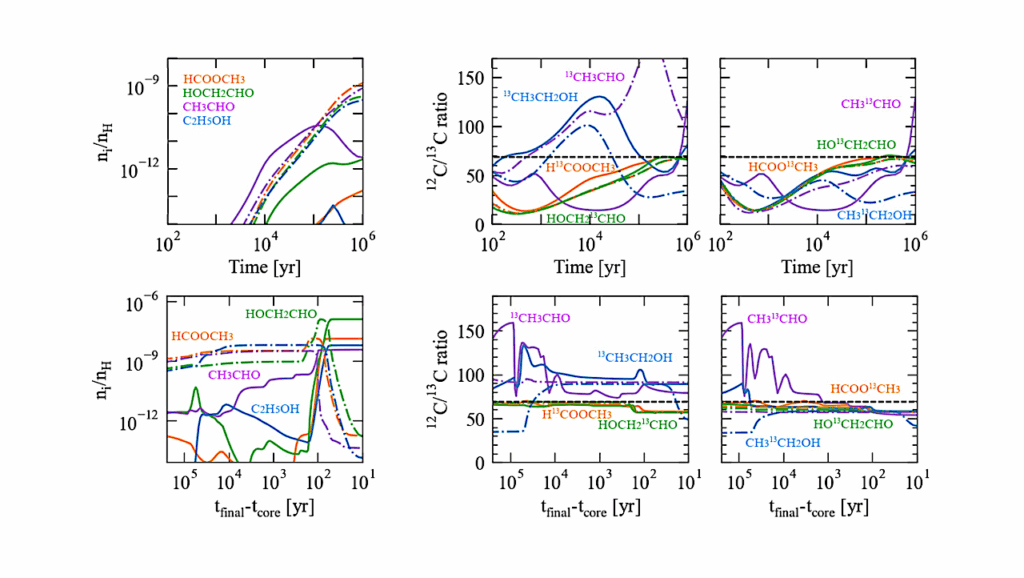The Giant Nature Of WD 1856 b Implies That Transiting Rocky Planets Are Rare Around White Dwarfs

White dwarfs (WDs) have roughly Earth-sized radii – a fact long recognized to facilitate the potential discovery of sub-Earth sized planets via transits, as well atmospheric characterization including biosignatures.
Despite this, the first (and still only) transiting planet discovered in 2020 was a roughly Jupiter-sized world, found using TESS photometry. Given the relative paucity of giant planets compared to terrestrials indicated by both exoplanet demographics and theoretical simulations (a “bottom-heavy” radius distribution), this is perhaps somewhat surprising.
Here, we quantify the surprisingness of this fact accounting for geometric bias and detection bias assuming 1) a bottom-heavy Kepler derived radius distribution, and 2) a top-heavy radial velocity inspired radius distribution. Both are concerning, with the latter implying rocky planets are highly unusual and the former implying WD 1856 b would have to be highly surprising event at the <0.5% level.
Using an HBM, we infer the implied power-law radius distribution conditioned upon WD 1856 b and arrive at a top-heavy distribution, such that 0.1-2 REarth planets are an order-of-magnitude less common than 2-20 REarth planets in the period range of 0.1-10 days. The implied hypothesis is that transiting WD rocky planets are rare. We discuss ways to reconcile this with other evidence for minor bodies around WDs, and ultimately argue that it should be easily testable.
Three models (each column) for the radius distribution of WD exoplanets and the resulting detection yields expected around a WD 1856-twin star with a sector of TESS data. The bottom-heavy Kepler-inspired model (left) produces a yield map (top row) that makes WD 1856 b an outlier. In contrast, the the top-heavy model (middle) naturally explains WD 1856 b but predicts very few terrestrial planets. The right column shows a simple power-law inference using an HBM, which favours to a top-heavy distribution. The middle row shows the marginalized radius dimension of the upper row, and the bottom row shows the intrinsic distributions which from they were drawn. — astro-ph.EP
David Kipping
Comments: Accepted to MNRAS
Subjects: Earth and Planetary Astrophysics (astro-ph.EP); Solar and Stellar Astrophysics (astro-ph.SR)
Cite as: arXiv:2310.15219 [astro-ph.EP] (or arXiv:2310.15219v1 [astro-ph.EP] for this version)
https://doi.org/10.48550/arXiv.2310.15219
Focus to learn more
Submission history
From: David Kipping
[v1] Mon, 23 Oct 2023 18:00:00 UTC (952 KB)
https://arxiv.org/abs/2310.15219
Astrobiology,








